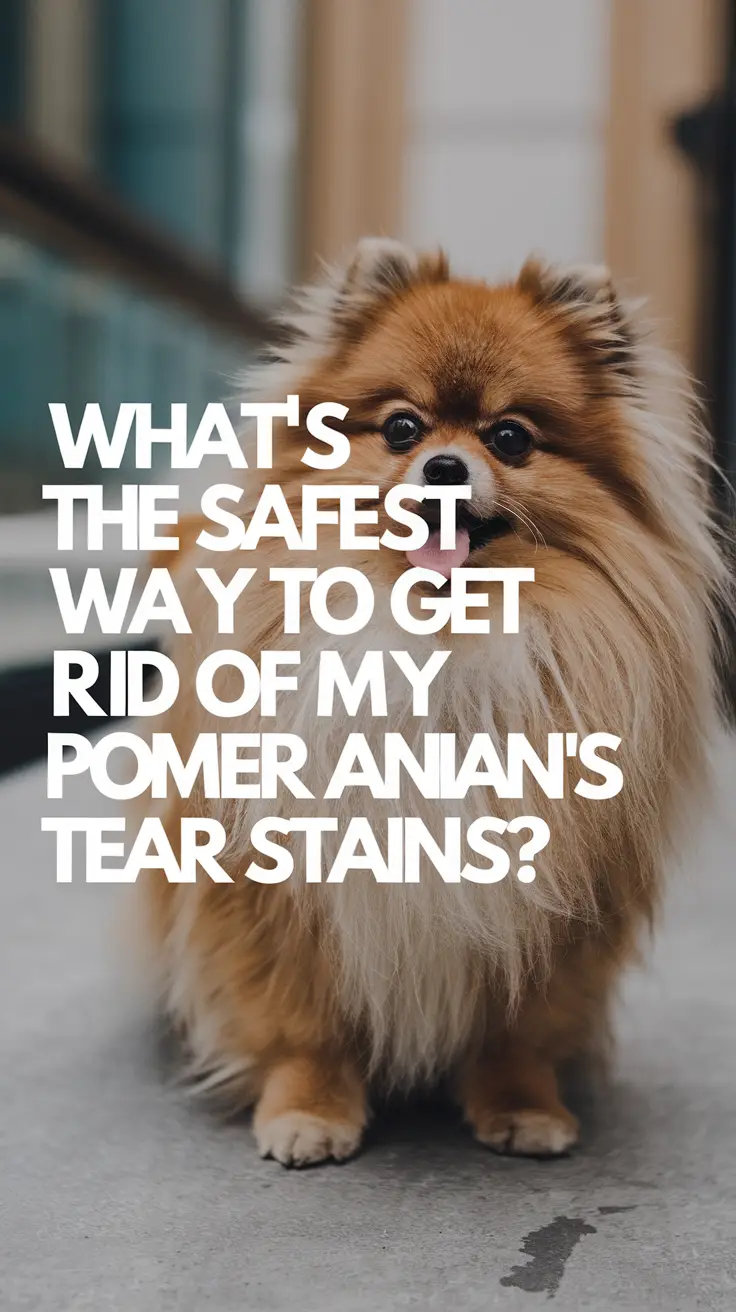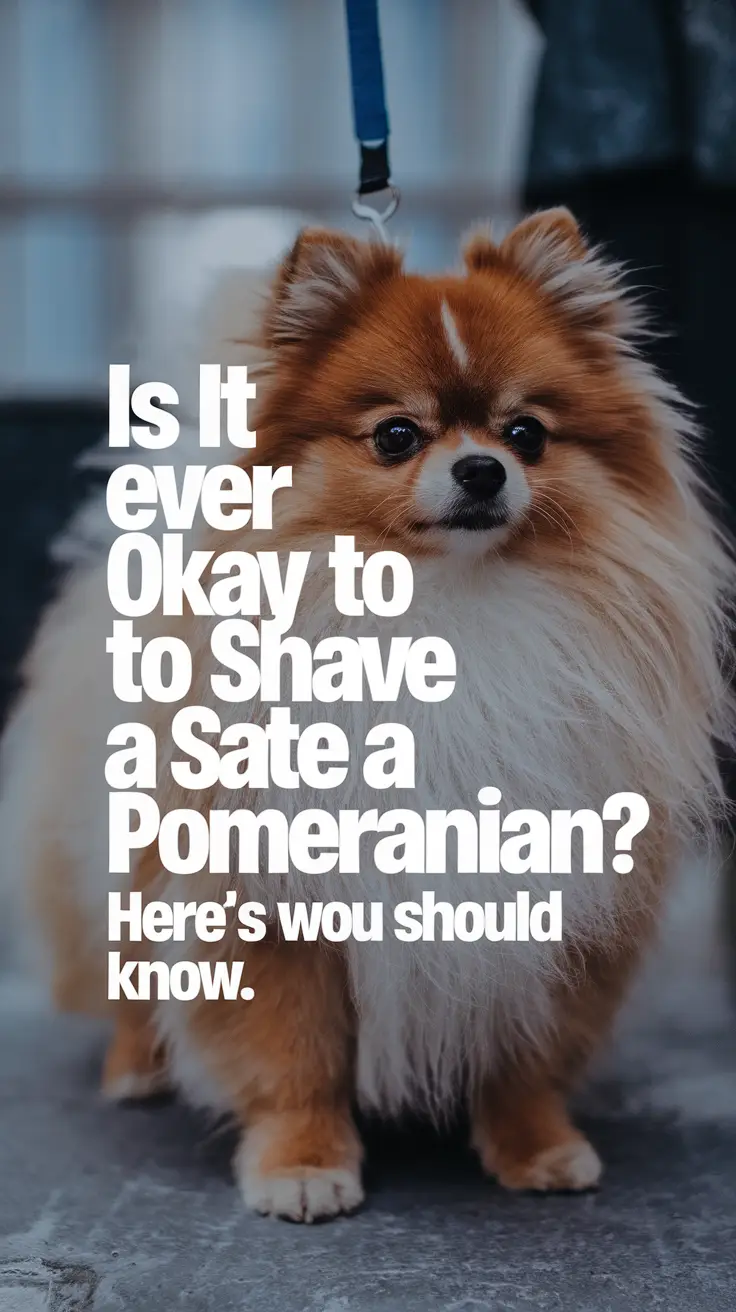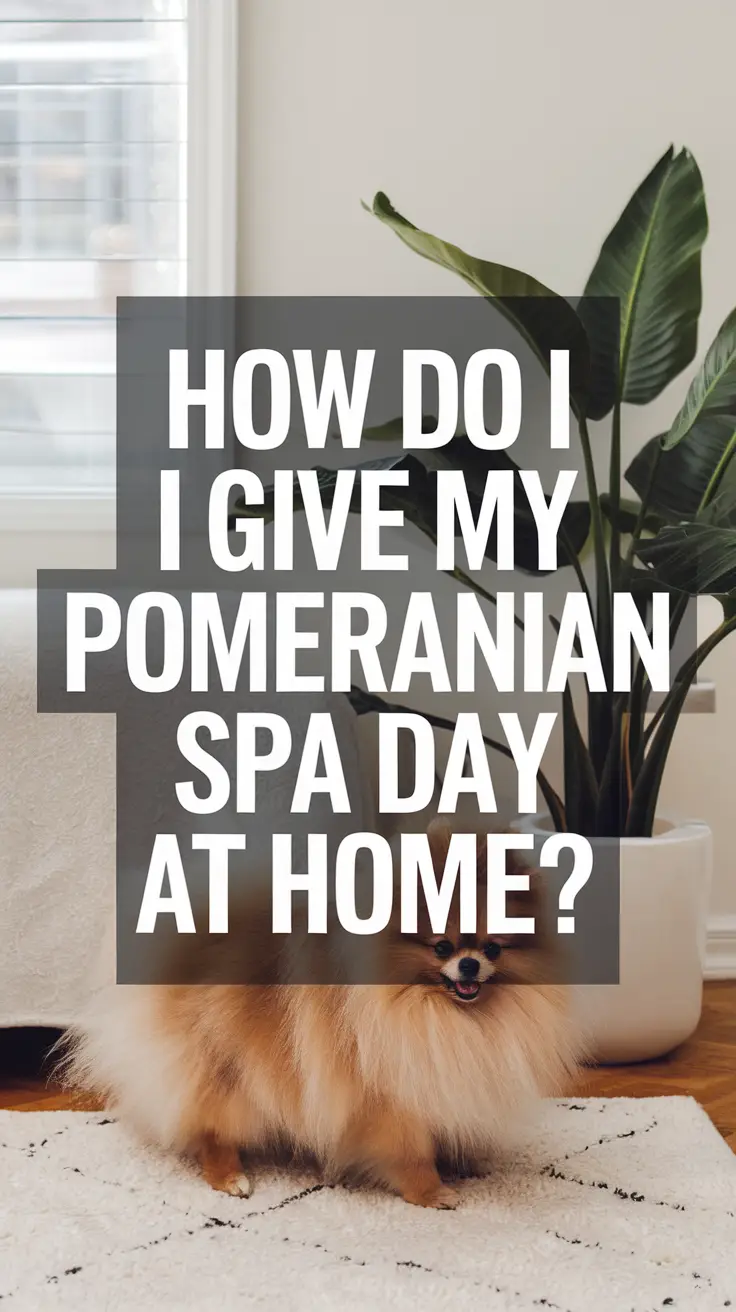Those reddish-brown streaks cascading down your Pom’s fluffy white cheeks aren’t exactly the fashion statement you had in mind when you brought home your precious fluffball. Trust me, I’ve been there with my Sash – one day she looked like a pristine cotton ball, the next like she’d been crying tears of rusty water for weeks.
Quick Summary: The Three Essential Steps
- Address the root cause through proper diet and health management
- Establish a gentle daily cleaning routine using safe, proven methods
- Maintain consistency while monitoring for underlying health issues
Understanding Why Tear Stains Happen
Before diving into solutions, you need to understand what’s happening behind those adorable dark eyes. Tear stains, medically called epiphora, occur when excessive tears spill over onto the facial fur. The culprit? A naturally occurring molecule called porphyrin, which turns that telltale reddish-brown when exposed to air and light.
Pomeranians are particularly susceptible due to their facial structure. Those shallow eye sockets and compressed tear ducts – the same features that give them their sweet, doll-like expression – can create drainage issues. When I first noticed Sash’s tear stains developing around eight months old, I panicked thinking I’d done something wrong. My veterinarian, Dr. Martinez, quickly reassured me this is incredibly common in toy breeds.
The Root Cause Detective Work
Not all tear stains are created equal. Some stem from temporary issues, while others indicate ongoing problems that need addressing:
| Potential Cause | Signs to Look For | Action Required |
|---|---|---|
| Blocked tear ducts | Constant wetness, no improvement with cleaning | Veterinary examination |
| Food allergies | Itching, digestive issues, seasonal patterns | Elimination diet trial |
| Water quality | Stains worsen after moving/travel | Switch to filtered water |
| Teething (puppies) | Age 4-6 months, temporary increase | Wait and maintain cleaning routine |
My Experience with Sash’s Food Sensitivity
After months of battling persistent stains, I discovered Sash’s tears were directly linked to her kibble. The high iron content in her premium puppy food was actually making the staining worse. Switching to a limited-ingredient diet with lower mineral content made a dramatic difference within three weeks. The American Kennel Club recommends keeping a food diary to track any correlations between diet changes and tear production.
Safe Daily Cleaning Methods That Actually Work
Here’s where many owners go wrong – they either use harsh products or give up too quickly. Consistency trumps intensity every single time.
The Gentle Approach
What You’ll Need:
- Soft, lint-free cloth or cotton pads
- Warm, filtered water
- Pet-safe tear stain remover (optional)
- Small scissors with rounded tips
- Patience and treats for cooperation
Daily Cleaning Routine:
- Dampen your cloth with warm water
- Gently wipe from the inner corner outward
- Use a fresh section of cloth for each eye
- Dry the area thoroughly with a clean, dry cloth
- Reward your Pom with praise and a small treat
Products I’ve Tested (The Good, Bad, and Ugly)
After trying countless products with Sash, here’s my honest assessment:
| Product Type | Pros | Cons | My Verdict |
|---|---|---|---|
| Commercial tear stain wipes | Convenient, pre-moistened | Can contain harsh chemicals, expensive | Good for travel, check ingredients carefully |
| Saline solution | Gentle, veterinarian-approved | Requires separate cloths, minimal stain removal | Best for daily maintenance |
| Homemade solutions | Control ingredients, cost-effective | Risk of incorrect ratios, inconsistent results | Stick to plain water unless experienced |
Full disclosure: I am not affiliated with any pet product companies, and these recommendations come from personal experience and veterinary guidance.
What NOT to Use (Learn from My Mistakes)
In my eagerness to help Sash, I made some regrettable choices early on:
- Hydrogen peroxide: Too harsh and can bleach the fur
- Human makeup remover: Contains chemicals toxic to dogs
- Lemon juice: Acidic and painful if it gets in eyes
- Baking soda paste: Abrasive and can cause irritation
The day I accidentally got diluted hydrogen peroxide near Sash’s eye, her reaction taught me that “natural” doesn’t always mean safe. Stick to products specifically formulated for dogs or veterinarian-recommended solutions.
When Professional Help is Necessary
Sometimes, despite your best efforts, tear stains persist or worsen. Don’t let pride keep you from seeking help. Contact your veterinarian if you notice:
- Sudden increase in tear production
- Yellow or green discharge
- Signs of pain or irritation
- Swelling around the eyes
- No improvement after 6-8 weeks of consistent care
Dr. Sarah Chen, a veterinary ophthalmologist I consulted during Sash’s particularly stubborn phase, emphasizes that “persistent tear staining can sometimes indicate underlying conditions like corneal scratches or eyelid abnormalities that require professional treatment.”
Prevention: Your Best Long-Term Strategy
Once you’ve got existing stains under control, prevention becomes your focus:
Environmental Factors
- Use stainless steel or ceramic food and water bowls
- Provide filtered water to reduce mineral content
- Keep facial hair trimmed around the eyes
- Maintain consistent grooming schedule
Dietary Considerations
- Choose high-quality foods with limited ingredients
- Avoid artificial colors and excessive minerals
- Consider probiotics for overall health
- Monitor treats and table scraps
The Reality Check: Managing Expectations
Here’s the truth no one wants to hear – some Pomeranians will always have mild tear staining regardless of what you do. Genetics play a significant role, and fighting Mother Nature is often futile. Sash still gets light staining during allergy season, and I’ve learned to accept this as part of her unique beauty rather than a failure on my part.
The goal isn’t perfection; it’s maintaining your Pom’s health and comfort while minimizing staining through safe, consistent care.
Your Pom’s Comfort Comes First
The safest approach to managing tear stains combines patience, consistency, and respect for your Pomeranian’s individual needs. Start with the gentlest methods, address potential underlying causes, and remember that your dog’s wellbeing matters more than achieving that picture-perfect appearance. Every time I look at Sash’s sweet face – complete with her seasonal battle scars – I’m reminded that love doesn’t require perfection, just dedication to keeping our furry friends healthy and happy.







